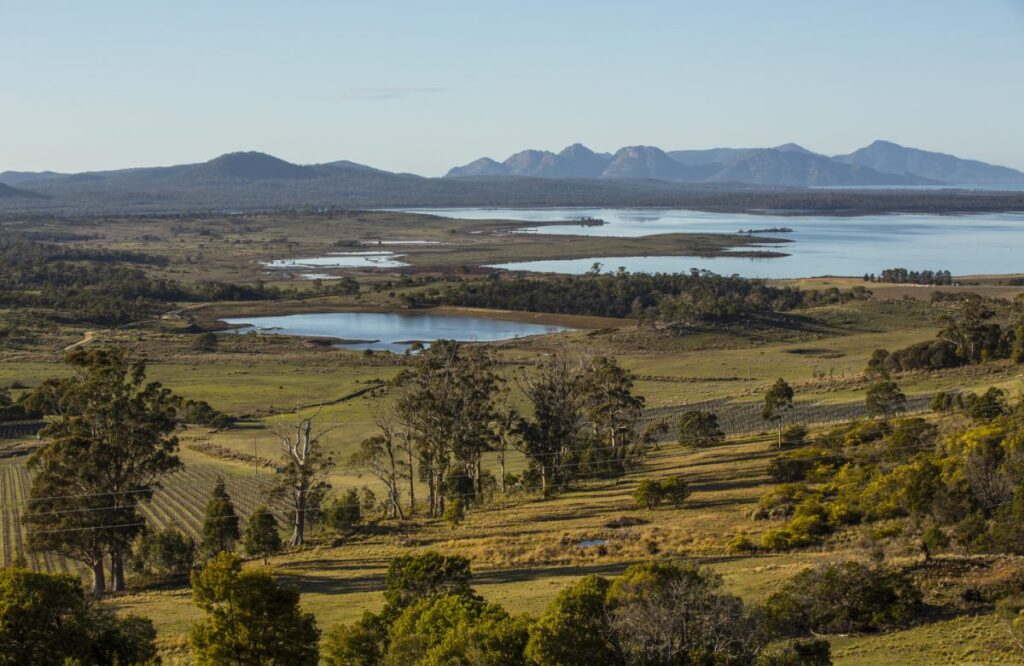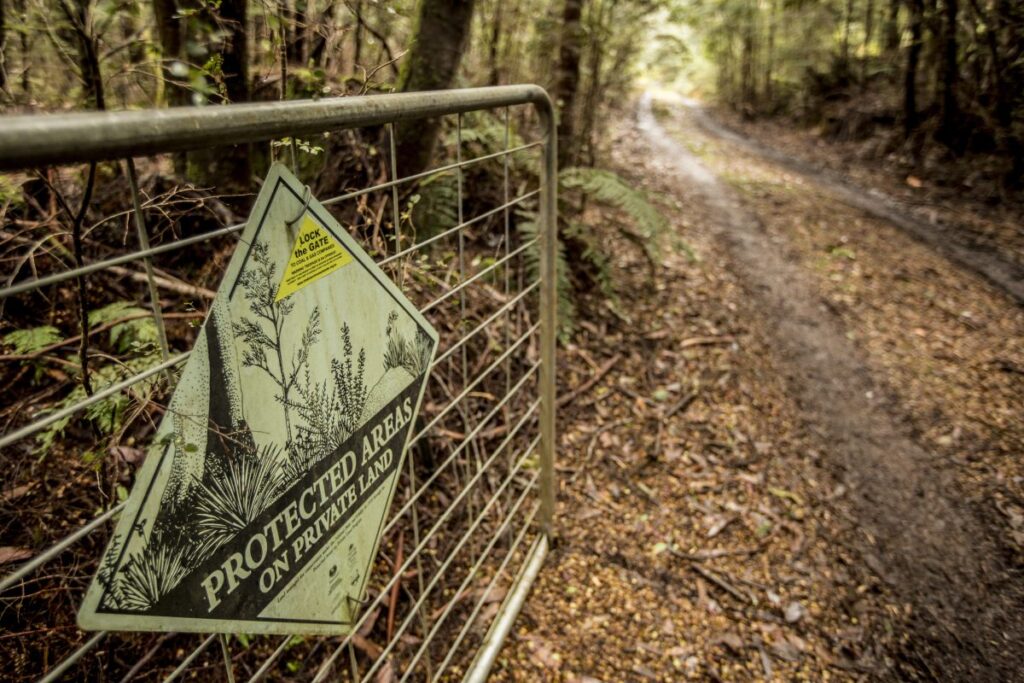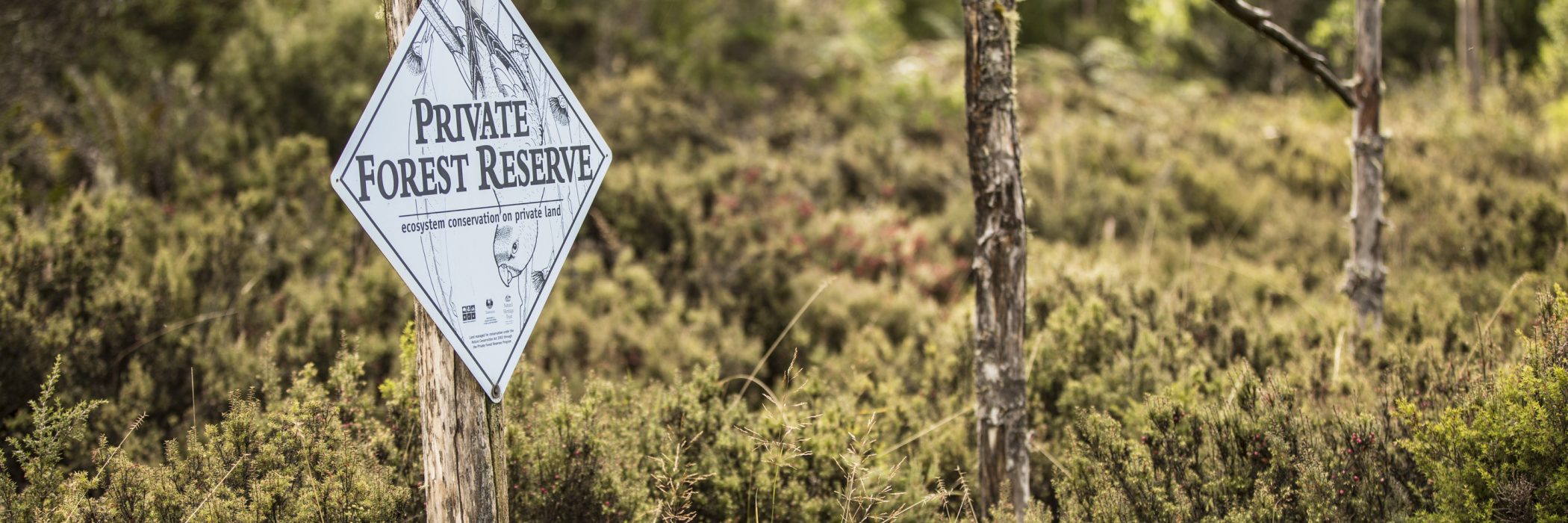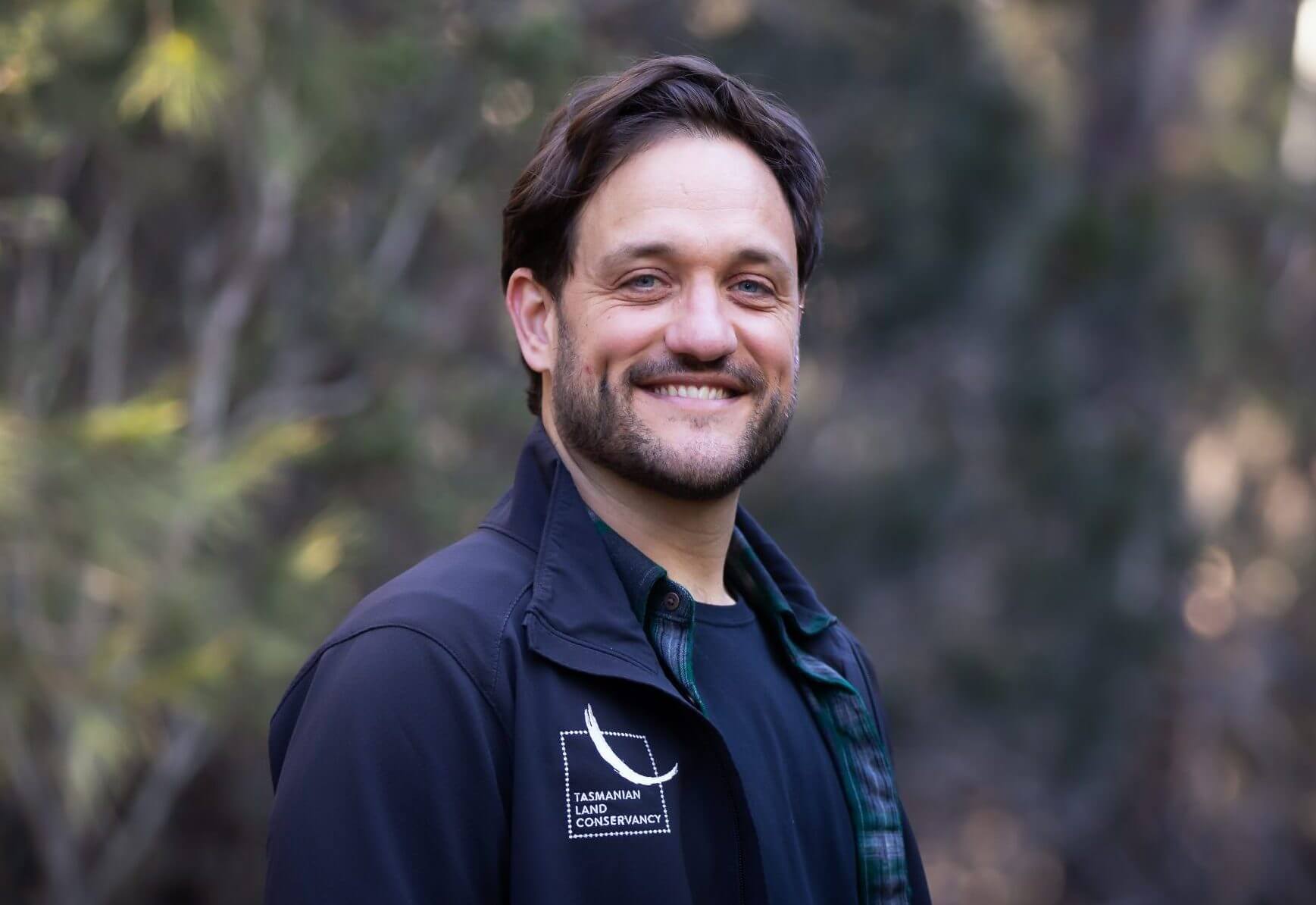Private landholders protect the places that make Tasmania unique
More than 600 landholders across Tasmania, from diverse backgrounds, communities and landholdings, are making the ultimate commitment to protect nature on their land by entering into a conservation covenant. In doing so, they are conserving habitat for our rare and threatened species, managing threats and contributing to the protection of the landscapes that we all value.
Covenants are part of the Australian National Reserve System (NRS), a national network of public, Indigenous and privately protected areas over land and inland freshwater. Covenants are the primary mechanism to secure conservation on private land in perpetuity. With two-thirds of Australia’s landmass under private ownership or management, private landholders play a critical role in conserving our natural and cultural heritage, as well as managing threats to these values.
You might think that national parks and public reserves are the main ways we look after landscapes and wildlife in Tasmania, but conservation covenants on private land are an incredibly important component of our conservation efforts. Next time you’re driving up the east coast, pause for a moment as you pass Devil’s Corner on Cherry Tree Hill. Look out at the beautiful, protected landscapes of Moulting Lagoon, the Hazards and Freycinet National Park, then look back over your shoulder as well – from here you can see 15 privately protected areas scattered through the landscape. These are owned by a range of landholders with a shared purpose: conserving one of Tasmania’s most iconic places.
Currently, Tasmania has 900 covenants protecting 110,000 hectares of private reserves. These landowners are ordinary Tasmanians, often with small blocks – most covenants are less than 100ha with many less than 20ha. But they have committed to protecting nature on their land in perpetuity. Their contribution to nature conservation, ecosystem services, and the Tasmanian community really matters. And they should be celebrated.

A conservation covenant is a legally binding agreement under the Tasmanian Nature Conservation Act (2002). Property-specific covenants are registered on the land title in perpetuity, which means that important natural values are protected and managed for generations to come. A conservation covenant is the highest form of protection for private land. These areas make up a significant component of the NRS, are reported to the Federal Government and contribute to international agreements such as the Convention on Biological Diversity, which Australia is signatory to. The Australian Government notes that ‘based on a scientific framework, [the NRS] is the nation’s natural safety net against our biggest environmental challenges’. Tasmanians all benefit from an environment in good condition – a healthy landscape gives us clean water, fresh air, productive soil, pollination services and climate resilience.
The first Tasmanian covenant was registered in 1999, delivered through a partnership between the Tasmanian Farmers and Graziers Association, Tasmania’s environment department and Bush Heritage, a powerful partnership across government and NGOs.
The Tasmanian Department of Primary Industries, Parks, Water and Environment (DPIPWE) administers conversation covenants, while the Tasmanian Land Conservancy (TLC) helps covenant-holders, making site visits and providing general information and land management advice. Property owners are also invited to join Conservation Landholders Tasmania, a network of landholders with a commitment to protect, manage and enhance the natural values of conservation properties. The group supports each other’s conservation efforts, hosting regular field days where members come together to learn from each other and connect with the wider community and relevant organisations.
In recent months, we have been approached by some covenant holders concerned that changes to Tasmania’s planning provisions under the new state-wide planning scheme will undermine the permanent protection of their land’s natural values. Covenants are established independent of the planning system, and the protections remain in effect regardless of the zoning of the land. Although no covenant (or some other reserve classifications) can guarantee exemption from mining interests, covenants exclude extractive timber harvesting and a range of other inappropriate activities.
Under the Nature Conservation Act 2002, conservation covenants are legal agreements between the binding parties (landholder and the relevant minister) registered on land title. Therefore, the requirements and protections of the covenant remain in place regardless of the zoning of the land under the planning scheme and are independent of the regulatory planning scheme. As a conservation landholder ourself, with many covenants across our estate, the TLC is encouraging local government to ensure local provision schedules reflect the land-use potential of covenanted land and to ensure all covenant holders understand that their land is protected in perpetuity.

Conservation covenants are still a very important mechanism in the conservation toolkit and used by government at all levels (Federal, State and Local). Covenants remain the mainstay of the TLC’s network of reserves and of our highly successful Revolving Fund program. The Australian Land Conservation Alliance, which comprises a range of national and state-based conservation organisations like the TLC that work on private land, is working collaboratively to ensure the role of private landholders and mechanisms such as conservation covenants are supported and encouraged into the future. Just last year the Queensland Government announced a new form of privately protected area, Special Wildlife Reserves. The special wildlife reserve class of protected area provides a national park level of protection to private land that contains exceptional natural or cultural values and that is managed in a way that focuses on conserving those values.
Maintaining an active and secure network of private protected areas is critical to building healthy and resilient landscapes for future generations of Tasmanians and for nature itself. I have had the privilege to work with a diverse range of conservation landholders over the years and their connection to their properties and commitment to their patch is unquestionable and inspiring. These landholders should be congratulated and celebrated for conserving the places and species that make Tasmania so unique.
Banner photo: Eddie Safarik




